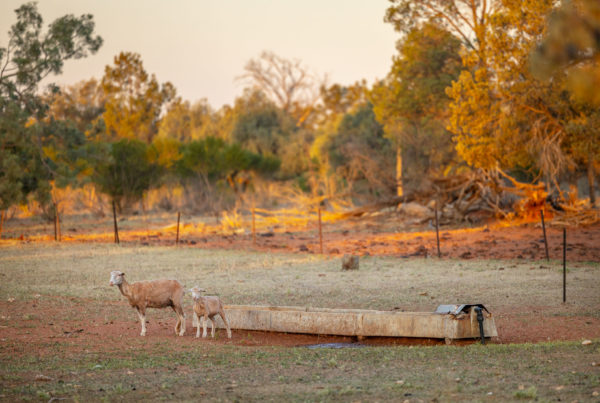Project Information
Darling River Eco Corridor 38
Human Induced Regeneration
Andrew and Tayna Greensheilds don’t regard the changes they had to make to incorporate a carbon project into their enterprise as significant, but they do think it made them examine their land management much more closely.
Since starting their project in 2018, they have joined an Ecosystem Management Understanding (EMU) group to learn new methods of reducing runoff and erosion to continually improve their land management.
The Greensheilds have used funding from the carbon project to implement a new water program, installing water points in every paddock to better utilise feed and reduce grazing pressure. They installed new fencing, dividing some paddocks in half to allow them to adopt rotational grazing practices and spell pastures to facilitate regrowth. The Greensheilds have also been able to convert almost all their water pumps to solar energy instead of petrol, reducing fuel costs and significantly improving their environmental impact.
Following the significant impact of drought in their region, the Greensheilds are currently relying on the carbon project as their main source of income, with a plan in place to rebuild a successful grazing enterprise. Funding from the project has helped them keep the livestock they do have healthy throughout the hard times, and allowed them to support their community by sourcing materials and labour locally.
In working to regenerate suppressed native vegetation, the Greensheilds have been delighted to see changes in the local fauna, noticing a significant increase in the number of bearded dragons recently.
Key Benefits
We support the Sustainable Development Goals


Statistics
Methodology
Human-Induced Regeneration of a Permanent Even-Aged Native Forest – 1.1 Methodology Determination 2013
Registered ID
Date registered
June 2018
Project area
14,306 ha
Permanence
25 years
Location
Wilcannia, NSW





















